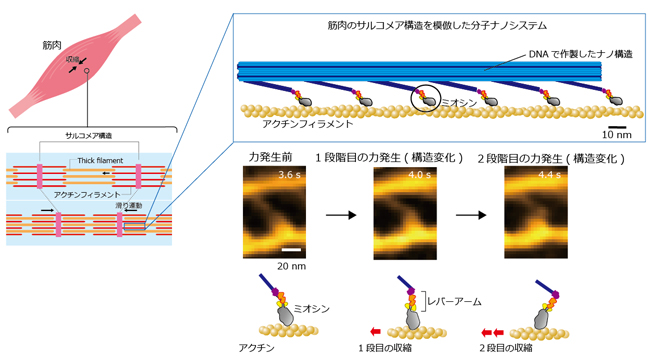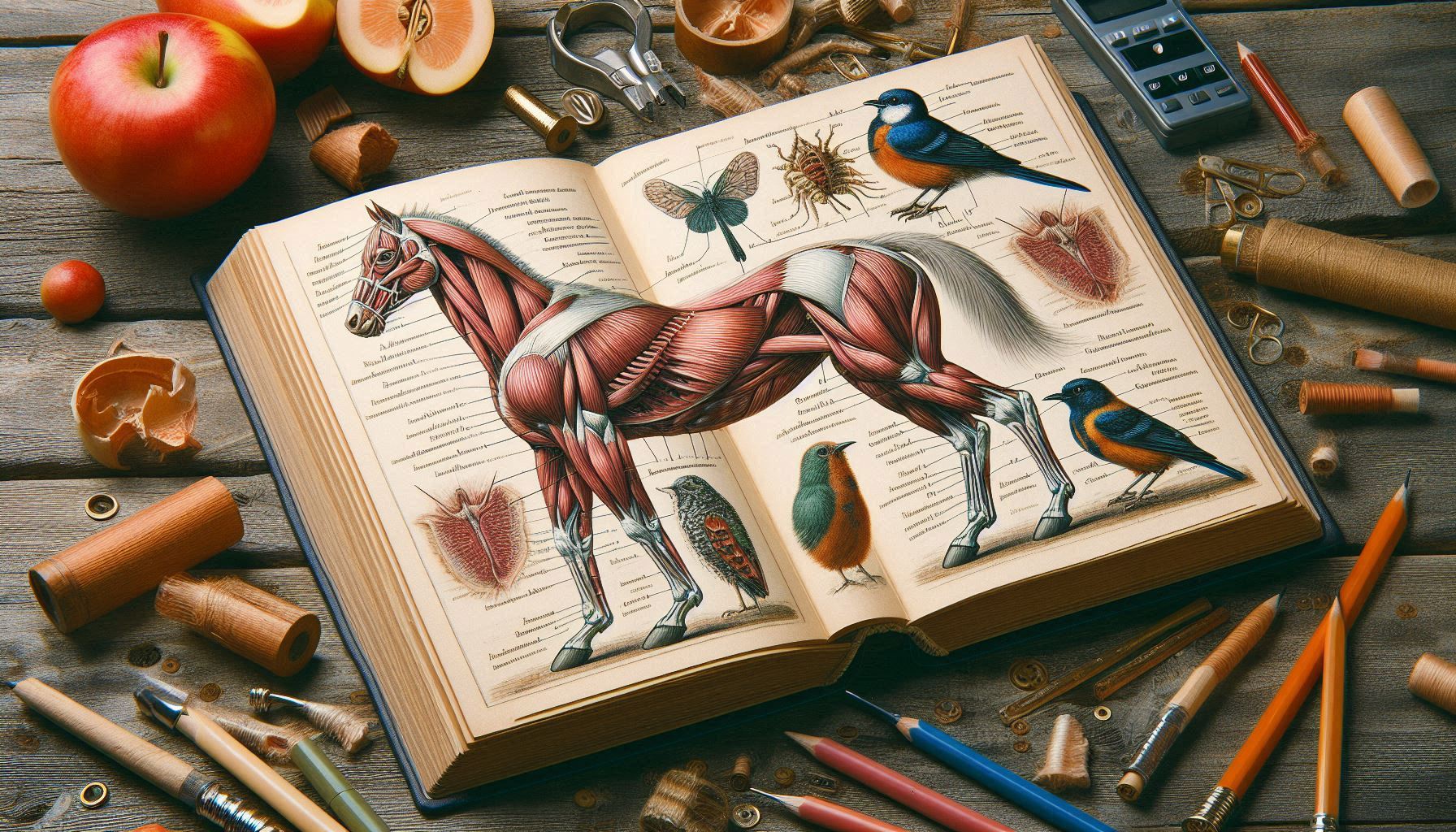It is believed that animals and insects are able to move because of their muscles, and the basic unit of muscle is something called a sarcomere. Muscles are composed of a single long cell called a muscle fiber, which is about 20 μm thick, and the biceps of the upper arm contain 200,000 muscle fibers. A muscle fiber is made up of hundreds to thousands of myofibrils, which are about 1 μm thick, and the myofibrils are connected vertically by structures called sarcomeres at 10 nm intervals.
Sarcomere structure
The sarcomere seems to have a structure similar to that of a sliding open door at a convenience store (actin filaments) and a person trying to manually close it (myosin filaments). When you forcefully close the door, both ends contract = the muscle contracts, and when you release your hand closing the door, both ends automatically return = the muscle stretches.
Both ends, also called Z-lines, can shrink by up to 50% and combine with other sarcomeres in a zigzag pattern to form myofibrils. Myosin is known as a motor protein, and the combination of myosin and actin also exists in plants.

ATP and calcium
The contraction of sarcomeres is called the sliding theory, and it seems that actin filaments are pulled in and slide between the myosin filaments. This pulling in occurs when the head of myosin grabs and pulls actin. The myosin head seems to operate in a cycle: preparation: obtains ATP and enters a relaxed state; grasping: calcium ions expose the handle and actin attaches to it; pulling: releases energy from the decomposition of ATP and pulls in; detaching: obtains ATP and separates from actin to prepare. Calcium is important for muscles.
Living organisms and sarcomeres
It seems that sarcomeres can have characteristics such as short sarcomeres allowing for fast contraction, and long sarcomeres giving greater strength and endurance. Mosquitoes and honeybees are 1-1.5 μm long, tuna and pigeons are 2-3.5 μm long, and humans are somewhere in between. Other examples include the sarcomeres that support the jumping power of frogs, which are parallel and densely packed, the sarcomeres of elephants and snakes, which are long and have slow muscle contraction but high endurance, and the sarcomeres of horses, which are short and contract quickly. The length and connection of sarcomeres seem to clearly express the characteristics of the organism.
Sarcomere, Amazing
When you think about how tiny movements of biomolecules pile up to form muscles that generate enormous power like an elephant, the structure of living organisms is amazing. To begin with, it seems strange that we can freely move our muscles without knowing their structure or even feeling that we are moving them. The mysteries of life are amazing. Sarcomere is amazing. Protein-based living organisms on Earth are amazing.


